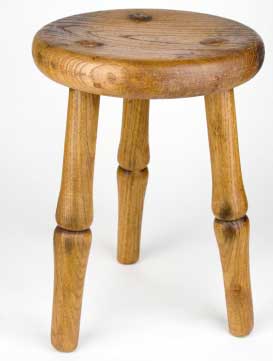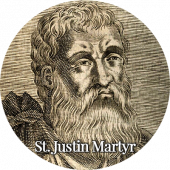
Our sensory and emotional lives are rooted in our bodies; our thinking and willing in our minds; our deepest aspirations and our slowly evolving character in our hearts. Our humanity is stunted unless all three develop and interact. It is easy to sense and to feel spontaneously, as the animals do, but beyond this humans are called to form and discipline our sensory and emotional lives through what we call the fine arts, even in their most amateur forms.
The arts speak to the mind and the heart as well, but their vocabulary is in the senses (for example, painting in the eye, music in the ear, literature in the imagination, etc.). Rich and ordered experience in the arts and humanities fills our memory with songs, stories, visions and archetypes upon which the mind will later think, the will craft its choices, and to which the heart will finally respond.
Secondly, everyone thinks, and in a rudimentary way everyone philosophizes (why this? what’s the meaning of that? whence came A? whither goes B?), but at least a few must do it well and with method to help the rest of us to think as clearly and as realistically as possible. The freedom of our wills thrives only when our thinking is straight.
Still, when all is said and done (or perhaps better: sensed and thought), there is a third dimension, something deeper beneath all sensation, emotion, thinking and choosing. The world’s traditions often refer to it as the “heart,” meaning the point of convergence of all the aforementioned faculties, that elusive but densely and intensely real center of our being. Our sensory and mental acts seem to hover over the surface of this center, or to orbit anxiously around it. But the center itself leads us all – whether in expressly religious or in “religiously secular” mode – to make something, some one thing, our one and all.
We are compelled by our hearts to adore something, to absolutize it, and if it isn’t God, it will be something else (ourselves, our spouses, our friends, money, power, pleasure – complete the list yourself). G.K. Chesterton observed that when people stop believing in God, it isn’t that they then believe in nothing, but rather that they’ll believe in anything. Things get mixed up enough when art tries to be philosophy, or philosophy art, but no confusion is as common today, or as perilous, as when either philosophy or art pretend to be religion. Only when art, philosophy and religion remain distinct, but inseparable, like the three legs of a stool, can human life find the support it needs, and then rise to walk its irregular path with precarious but delectable balance.


